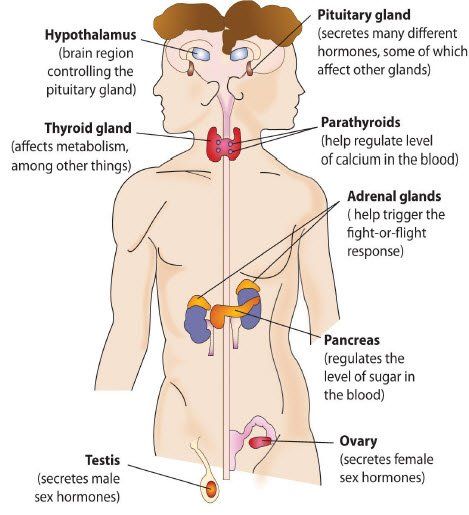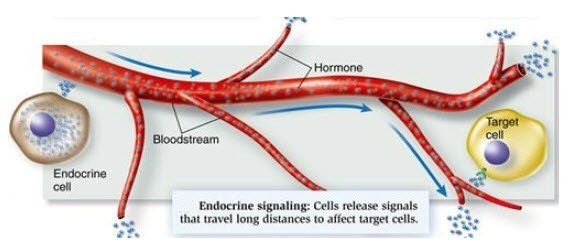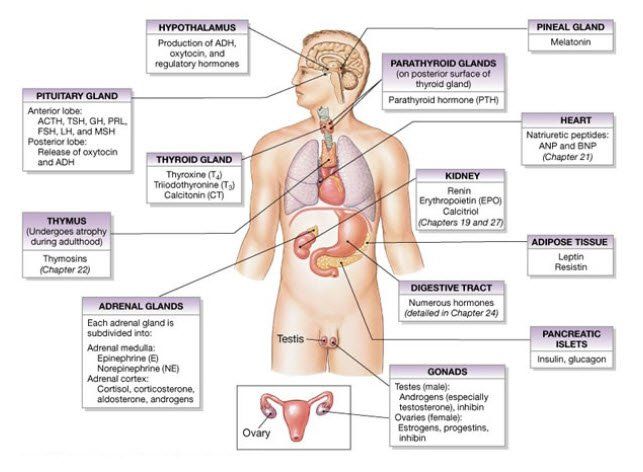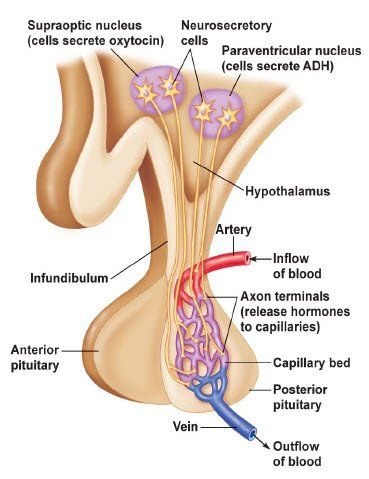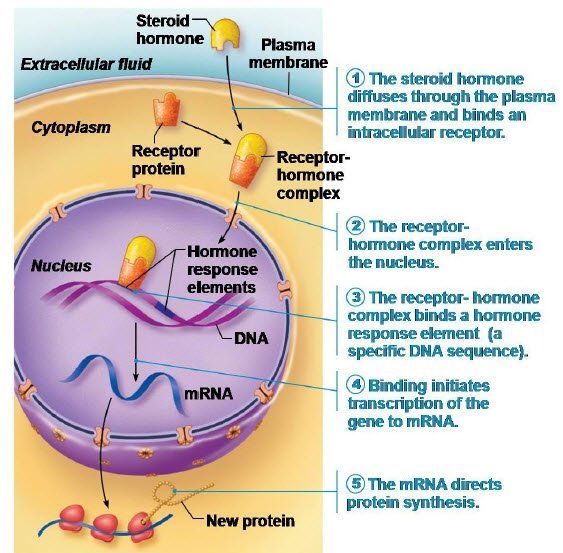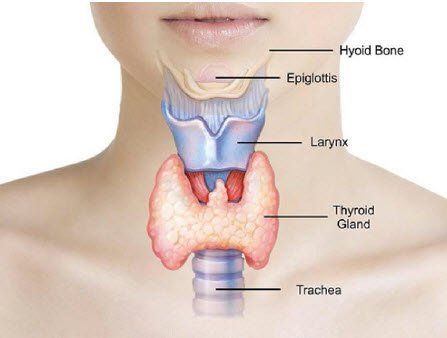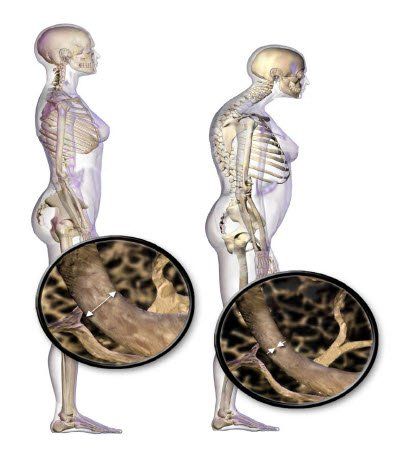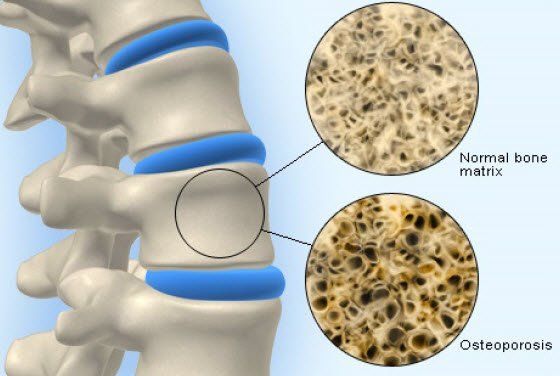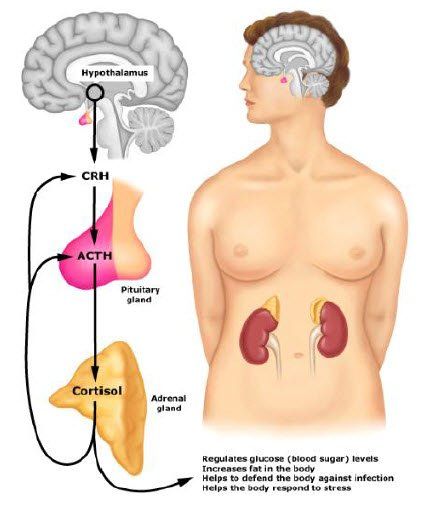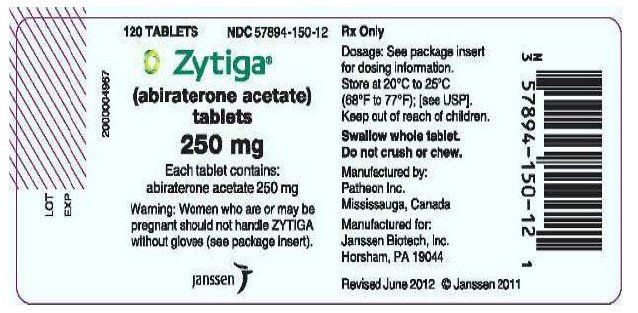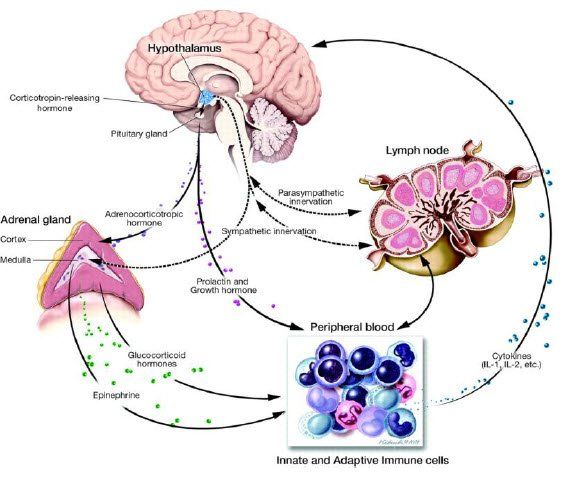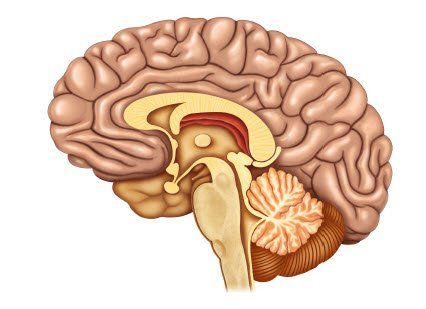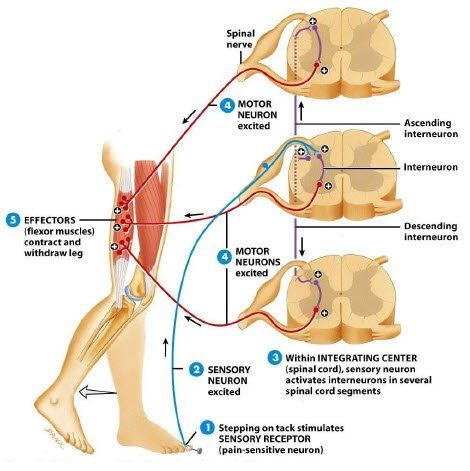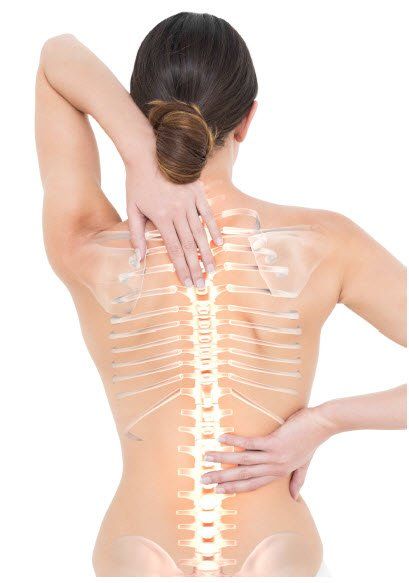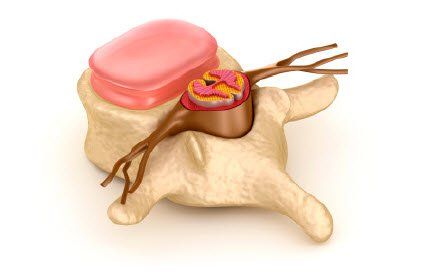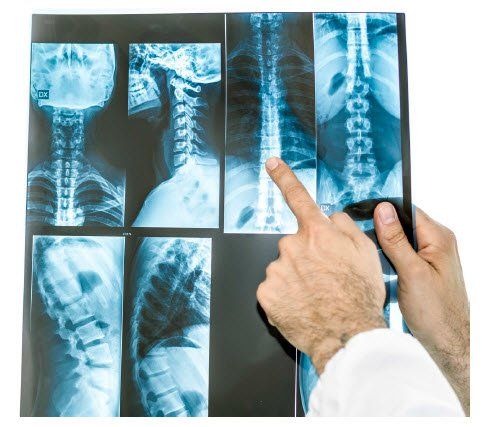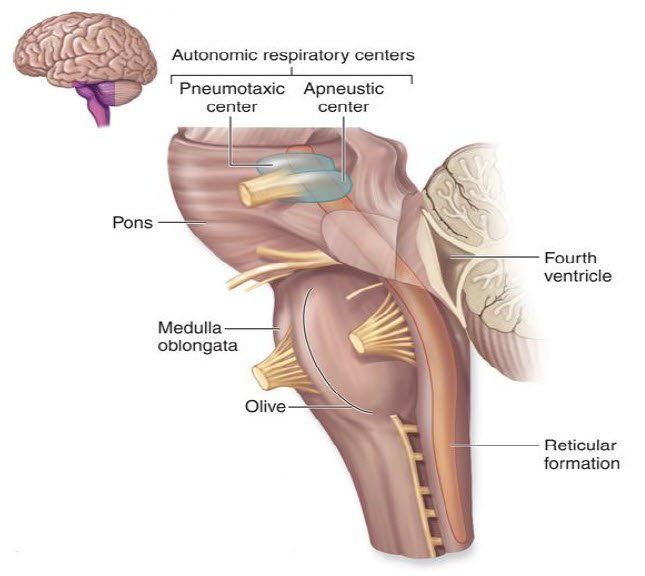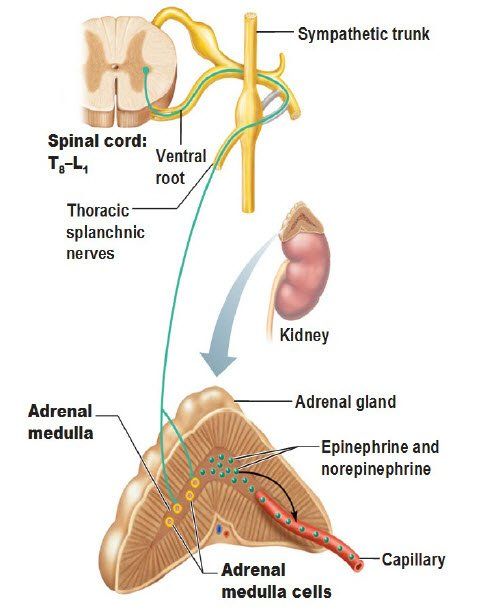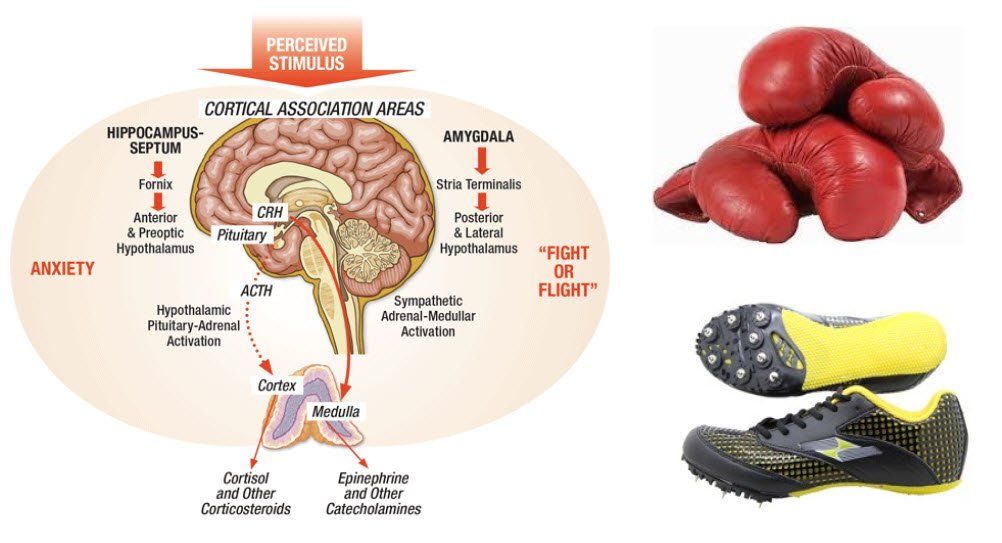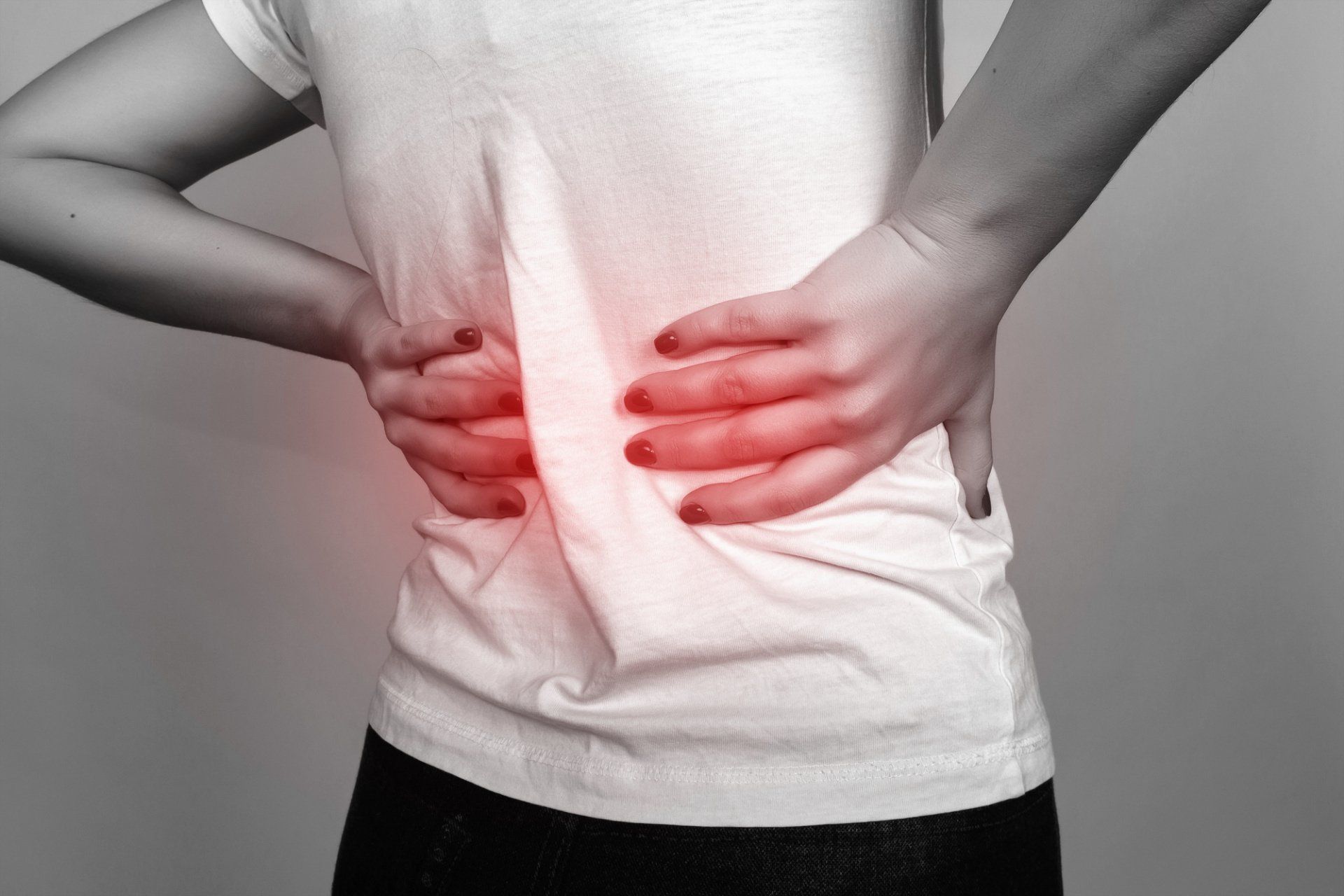Restoring The Balance Chiropracitc and the Endocrine System
Other organs that produce hormones, but are not part of the endocrine system include the placenta in the pregnant female, glands in the gastro-intestinal tract, structures in the heart and blood vessels, and structures in the kidneys.
Hormones are the body's internal chemical messengers. They carry the information that controls the function of almost all of the body's cells and tissues. Most hormones are themselves are controlled by a mechanism called feedback, which is similar to a thermostat in a central heating system. When a gland is working harder than the body needs it to, the hormone system switches off; when the body needs the gland to speed up, the nervous system turns on the switch again.
The word hormone comes from the Greek work, hormaein, meaning to excite or to urge on. Each hormone is a complex chemical substance produced and secreted into the bloodstream by an endocrine gland, or secreted by specialized cells in other organs, such as parts of the gastro-intestinal tract or the heart.
Hormones reach every part of the body, and the membrane of every cell has receptors for one or more hormones that stimulate or retard a specific body function. The hypothalamus, located at the base of the brain, acts as the mastermind that coordinates hormone production, producing regulatory or releasing hormones; these travel a short distance through special blood vessels and nerve endings to the pituitary gland, which is often referred to as the "master gland".
Hormones are able to influence the activities of the body, but they must first bind with specific tailored protein cells called receptors. There are hundreds of different kinds of receptors, although each one is designed for a specific chemical signal within a cell. There are more than 10,000 different types of receptors, although it takes only a small number to obtain a response. The receptor and its hormone have an intricate and precise fit, like a key and a lock and this hormone receptor complex then binds to specific regions of DNA in the cell nucleus to activate specific gene.
SIGNS OF HORMONAL IMBALANCE
HORMONAL IMBALANCES AND HEALTH PROBLEMS
When the body is in a state of homeostasis, the precise amount of hormones are released into the bloodstream and the body functions smoothly; but when the control mechanism malfunctions-either too much or too little of a particular hormone is secreted, or when an organ or tissue does not respond efficiently, the results can be severe and even fatal.
THYROID DISORDERS
Thyroid disorders are classified as either “hypo-thyroid”, meaning too little thyroid activity,or “hyper-thyroid” mean too much thyroid activity.
“15.7 Million Americans have diabetes and it is estimated that 5 million of them are undiagnosed. Each year there are 789,000 new cases of diabetes. Diabetes is the 7th leading cause of death in the U.S. and total direct and indirect costs of diabetes in the U.S is over 100 billion dollars”.
National Diabetes Foundation
Human Anatomy and Physiology
Depression is on pace to be the world's second most disabling disease (after heart disease) by the year 2012; already the World Health Organization ranks it first among women and fourth overall. In the United States, depression afflicts 18 million people at any given time, one in five over the course of a lifetime and costs over 40 billion dollars a year in lost work time and health care.
US News and World Report
TRADITIONAL APPROACH TO HORMONAL HEALTH
"Too many medical remedies get in the way of the body's ability to heal itself."
Hormone Replacement Therapy
andtheThe General Accounting Office, an investigative branch of Congress, released a report in the 1990's stating that more than one-half of the new drugs developed and approved by the FDA, had severe or fatal side effects that were not found or not reported until years after the drug had been in widespread use. The GAO reviewed all drugs (198 in all) released from 1985-1990 discovered that 102 of them had side effects serious enough to warrant either withdraw from market or major re-labeling.
U.S. Statist ical Abstract
“Millions of post-menopause women are currently being treated with drug therapies whose long term effects are virtually unknown”
North American Menopause Society
“The strongest argument for the widespread use of estrogen is that it supposedly delays thedevelopment of osteoporosis. The absence of osteoporosis in elderly women in many other counties is never discussed in the professional meetings on osteoporosis that are subsidized by the pharmaceutical companies"
“Astudy from the University of Tennessee found that indeed there was a link between estrogen therapy and lowered coronary heart disease-but only in women who already had a history of heart disease. In women with normal coronary vessels, estrogen benefits were insignificant”
Archives of Internal Medicine
The Central Nervous System, Hypothalamus and Hormones
The limbic system is the area of the brain that maintains homeostasis and the hypothalamus is perhaps the most important part of the limbic system. It is the "brain" of the brain and is the single most intricate and amazing part of the brain. The hypothalamus controls homeostasis in the brain by way of feedback. The combined neurological and endocrine function of the hypothalamus allows it to play a prominent role is the regulation of numerous body functions.
This input into the hypothalamus allows it to regulate and integrate heart rate, blood pressure, respiratory rate, digestion, emotional responses, behavior, sex drive, body and skin temperature, appetite, thirst and body fluids, sleep cycles, metabolism, and much more.
The effectiveness of the hypothalamus is directly proportional to the functional capability of the nervous system to send and receive nerve messages and especially to maintain the integrity of those nerve messages as they travel along the spinal cord.
SPINAL CORD & NERVE INTERFERENCE
The spinal cord is both a cable and a switchboard. As a cable, it connects the brain with the rest of the nerves in body.
"Studies have shown that more than fifty percent of hyperthyroid patients have damage to the pathways in their nervous system"
Journal of Neurology, Neurosurgery & Psychiatry
Research at the Still Institute showed that spinal lesions resulted in pathological changes in the blood, urine, and tissue fluids. Spinal lesions of the atlas and axis (C1& C2) were associated with abnormal function of the pituitary which resulted in abnormal hormone secretions.
VERTEBRAL SUBLUXATIONS AND STRESS
Since the 1950’s the word “stress” has changed from an engineering term to a cultural construct. In 2010, Americans spent over eight billion dollars on stress related products.
Stress has been defined as a “distress caused by a demand of the body to all non-specific demands” Although stress is generally associated with negative connotations, it is a double-edged sword. The body would not be able to survive without the acute stress response as in the “fight or flight” phenomena. This type of response gears the body up for action. It provides focused energy to either flee from danger or to stand ground and fend off a crisis.
During an emergency, stress hormones are produced and they are utilized. However, the kind of stress we face on a daily basis is of a completely different kind. Emergency physical responses are rarely needed yet the brain perceives stress as such and prepares the body for fight or flight. As the stress is almost continuous, the stress hormones are not utilized; they remain in the body and cause biological damage.
The work of Hans Seyle, who compiled thousands of studies demonstrated that exposure to stress, can cause “disease of adaptation".
The body can adapt to stress as along as the nervous system and endocrine systems are capable of responding normally. All types of stress can cause vertebral subluxations, but it creates a vicious cycle in which the body can no longer adapt to stress as a result of a compromised nervous system.
CHIROPRACTIC
The purpose of Chiropractic is the detection and correction of vertebral subluxations which is accomplished by physically adjusting the spine. This restores the nervous system pathways to an optimum level of function, which maximizes homeostasis and the body's inherent healing ability.
Chiropractic is not a treatment for disease, nor do Doctors of Chiropractic claim to cure disease. Chiropractors simply remove nerve interference from the spine, and with a restored nervous system, the body is able to restore and maintain its own optimum level of balance.
Research studies as well as tens of thousands of case studies done in Chiropractic clinics have demonstrated that the correction of vertebral subluxations improves neurological function and health and allows the body to recover from a wide variety of health conditions, including many endocrine disorders.
“Chiropractic is effective as a preventive treatment because it relieves nerve pressure as the spine is properly adjusted. The build-up of this pressure is cumulative in its erosion of the health and integrity of specific body organs or regions. If one vertebra is out of relationship to the ones next to it, a state of disharmony is said to exist. This causes loss of normal nerve energy and upsets both local and systemic homeostasis or balance.”
GARY NULL Complete Guide to Healing Your Body
“Eleven women with histories of PMS underwent Chiropractic care and showed improvement of all measured symptoms including variation in sex drive, social impairment and depression”.
Chiropractic Research and Clinical Investigation
While a routine medical exam to rule out serious pathologies is always a good idea, researchers have suggested that Chiropractic are might be a viable alternative for women suffering from menstrual pain and discomfort.27
Neurological Fitness
“Subluxation alone is a rational reason for Chiropractic care throughout a lifetime from birth”
Dr. Lee Hadley, Syracuse Memorial Hospital


